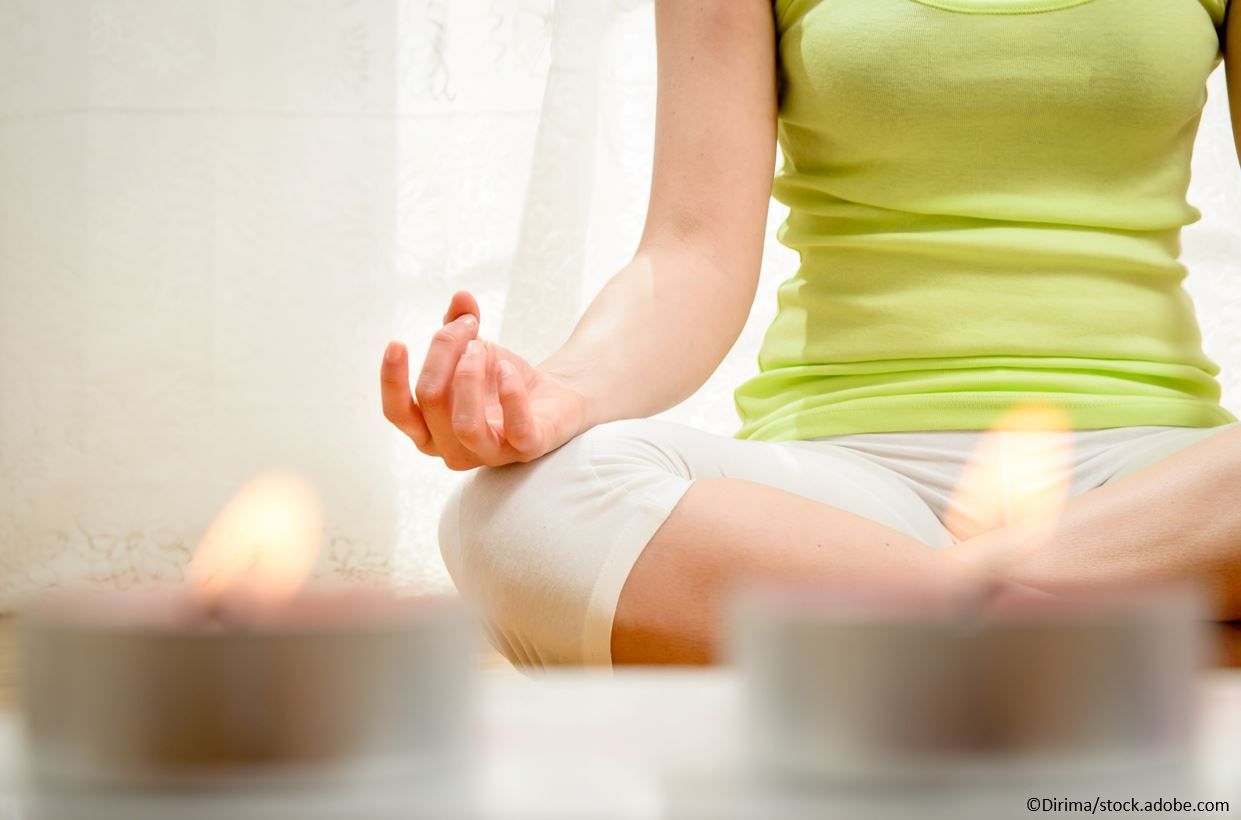- Clinical Technology
- Adult Immunization
- Hepatology
- Pediatric Immunization
- Screening
- Psychiatry
- Allergy
- Women's Health
- Cardiology
- Pediatrics
- Dermatology
- Endocrinology
- Pain Management
- Gastroenterology
- Infectious Disease
- Obesity Medicine
- Rheumatology
- Nephrology
- Neurology
- Pulmonology
Study: Yoga, Physical Therapy Can Benefit Adults with Chronic Low Back Pain
Results of a new study show yoga and physical therapy can be beneficial treatment options for adults with chronic low back pain.

Adults with chronic low back pain (cLBP) have better results from yoga and physical therapy (PT) vs self-care and a much larger effect was observed among those already taking pain medication and those who did not fear exercise, according to a new study published July 14, 2020 in Pain Medicine.
Led by researchers from Boston Medical Center, the results also showed that cLBP patients who expected to do well with yoga were more likely to have a meaningful improvement in their function if they received yoga vs PT.
In the randomized controlled study, researchers examined 299 predominately non-white, low-income adults with cLBP to identify “responders” to the effectiveness of 3 treatment options:
- Yoga: 12 group-based weekly 75-minute hatha yoga classes; 30 minutes of daily home practice was encouraged and supported with at-home yoga supplies.
- PT: 15 one-on-one 60-minute appointments over 12 weeks.
- Self-care: Reading from The Back Pain Handbook, which describes evidence-based cLBP management strategies (ie, stretching, role of psychological and social factors).
A “response” was defined as a ≥30% improvement in the Roland Morris Disability Questionnaire.
Overall, 39% of participants were responders, with more responders in the yoga-or-PT group (42%) than the self-care group (23%). There was no significant difference in proportion of patients responding to yoga vs PT. Among participants who were also using pain medication to treat cLBP, a large effect was observed among more patients in yoga (42%) or PT (34%) vs self-care (11%).
Also, among patients who were identified as having less fear about exercise, 53% were more likely to respond to yoga and 42% were more likely to respond to PT than self-care (13%). In contrast, among those who started with more fear surrounding exercise, the proportions of responders to the 3 treatment options showed no additional affect in treatment response.
Predictors of response to treatment overall included having more than a high school education, a higher income, employment, few depressive symptoms, lower perceived stress, few work-related fear avoidance beliefs, high pain self-efficacy, and being a nonsmoker.
“Focusing on a diverse population with an average income well below the US median, this research adds important data for an understudied and often underserved population,” said first author Eric J. Roseen, DC, MSc, chiropractic physician at Boston Medical Center, assistant professor of family medicine at Boston University School of Medicine, Massachusetts, in a press release.
“Our findings of predictors are consistent with existing research, also showing that lower socioeconomic status, multiple comorbidities, depression, and smoking are all associated with poor response to treatment.”
